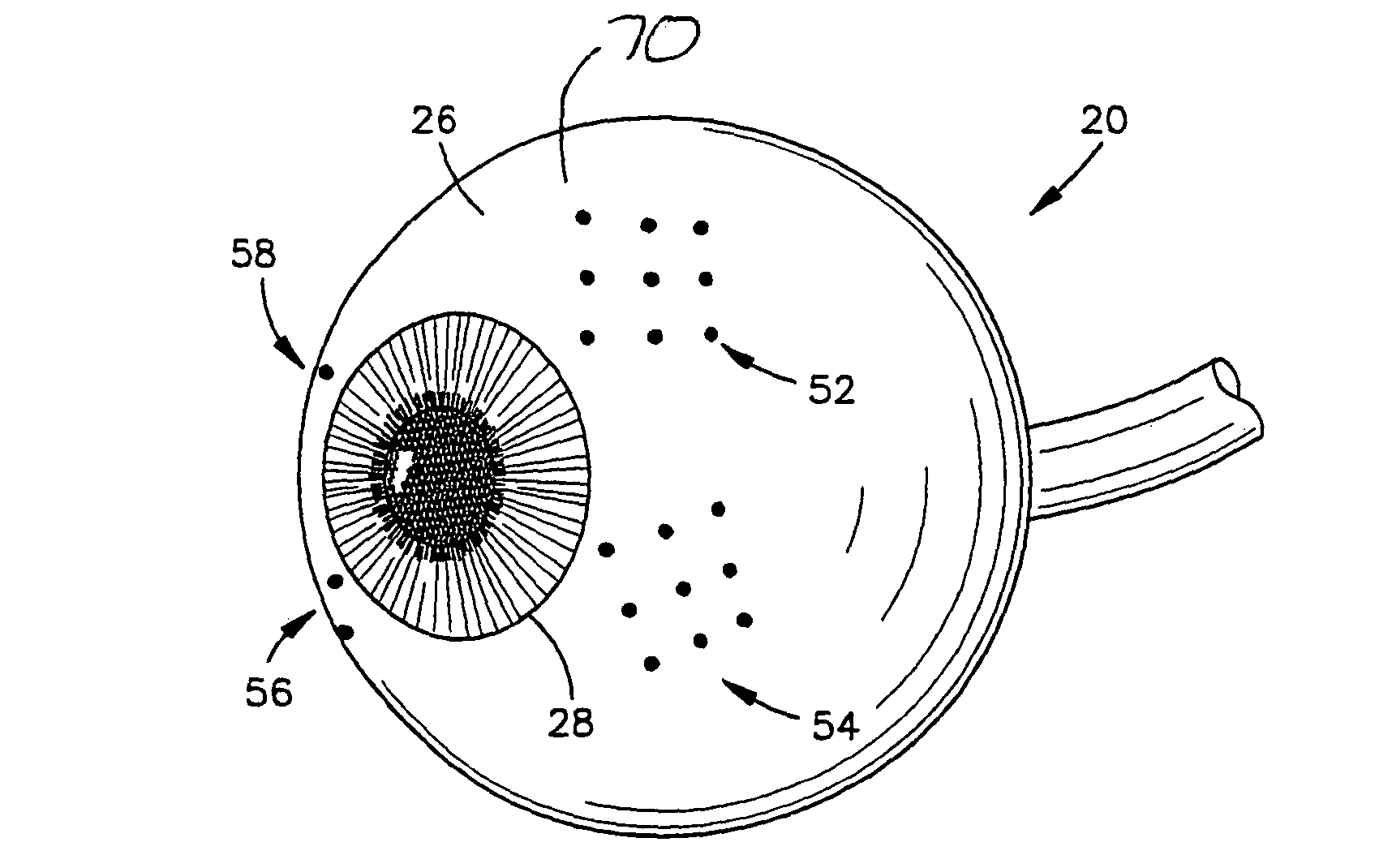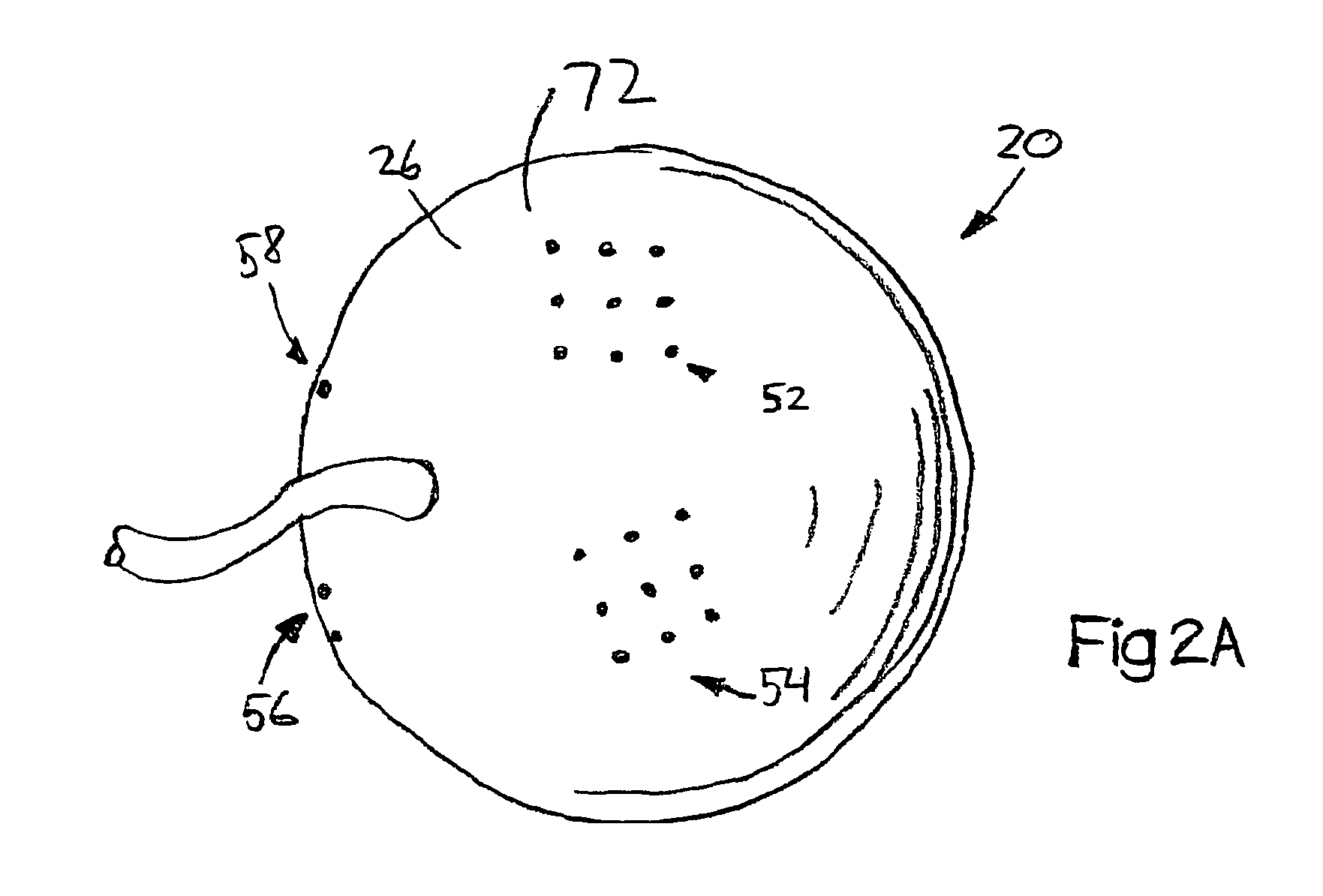System and method for treating connective tissue
a connective tissue and system technology, applied in the field of connective tissue system and method treatment, can solve the problems of low grade stress/strain of the connective tissue, undetected affect the surrounding tissues, structures, organs or systems, and loss of flexibility, and achieve the effect of increasing the elasticity of the tissue comprising
- Summary
- Abstract
- Description
- Claims
- Application Information
AI Technical Summary
Benefits of technology
Problems solved by technology
Method used
Image
Examples
Embodiment Construction
[0017]A surgical laser system 10 for treating connective tissue is illustrated in FIG. 1. To treat the connective tissue, the system 10 accesses desired connective tissue. Access to the desired connective tissue can be done directly, such as by ablation. Also, access to the desired connective tissue can be done indirectly, such as by creating a flap, incision, excision, vaporization, or gap in overlying tissue or structure.
[0018]The surgical laser system 10 may be used to treat any desired connective tissue of the body. For example, in the eye, the surgical laser system may be used to treat the conjunctiva; the cornea (including all its layers and membranes); the iris; the ciliary body; the ciliary muscles; the anterior chamber; the zonula ciliaris; the subchoroidal lamina; the extraocular muscles and their associated connective tissues, membranes, and fascia; the posterior chamber; the lens and all of its associated layers, tissues, capsules, and membranes; the canal of schlemm and...
PUM
 Login to View More
Login to View More Abstract
Description
Claims
Application Information
 Login to View More
Login to View More - R&D
- Intellectual Property
- Life Sciences
- Materials
- Tech Scout
- Unparalleled Data Quality
- Higher Quality Content
- 60% Fewer Hallucinations
Browse by: Latest US Patents, China's latest patents, Technical Efficacy Thesaurus, Application Domain, Technology Topic, Popular Technical Reports.
© 2025 PatSnap. All rights reserved.Legal|Privacy policy|Modern Slavery Act Transparency Statement|Sitemap|About US| Contact US: help@patsnap.com



